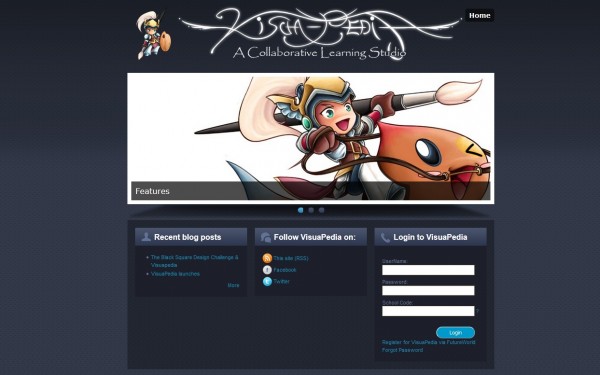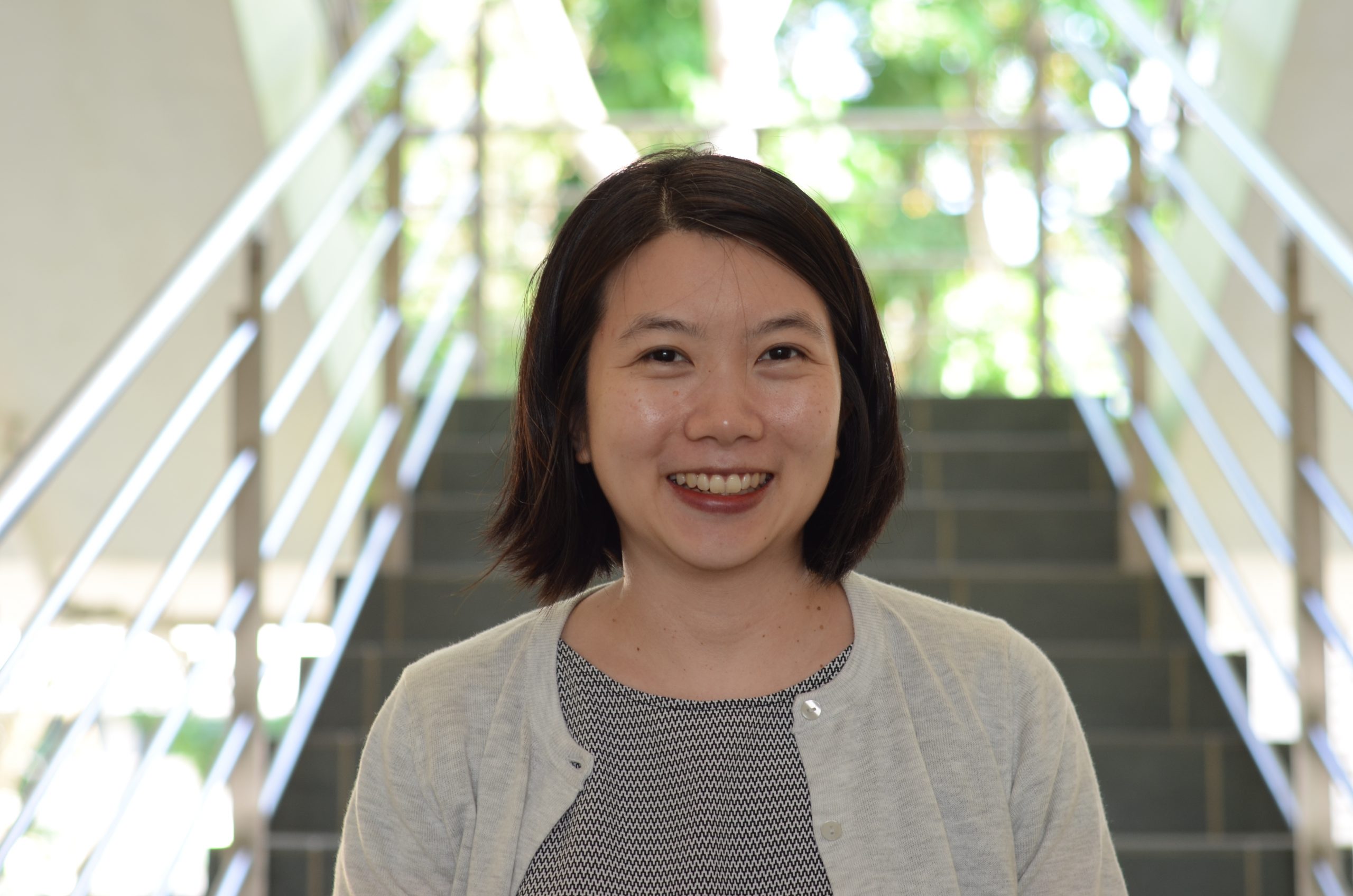Affinity Space for the Youth
People who share common interests are interacting, socializing and learning in online communities. Would such an “interest-driven” community work in a classroom too?
 As a photographer, Dr Mingfong Jan finds his online learning experience inspiring and revealing. He is a member of several online photography forums and communities such as those in Flickr, a popular website where people share images and discuss photography.
As a photographer, Dr Mingfong Jan finds his online learning experience inspiring and revealing. He is a member of several online photography forums and communities such as those in Flickr, a popular website where people share images and discuss photography.
There is evidence that engaged and deep learning often takes place in such “affinity spaces” – spaces where people who share common interests gather on their own accord and learn with each other.
Being the consummate education researcher that he is, Mingfong’s own experience in such communities got him thinking: Might this concept take off in a classroom too?
“There are many good lessons that we can learn from these online learning spaces. We see a culture where people critically consume and produce images while they are socializing and having fun together. We want to investigate how such a learning model can be designed and enacted in schools,” says Mingfong, a Research Scientist from NIE.
Get Interested First, Learn Later
There are at least two ways to learn photography, according to Mingfong. The first one is reading up on how a camera works and the technical aspects of photography, such as composition. This is a content-mastery model of learning.
The second, and more organic, way is to grab a camera and start taking photos. “You take photos, share them with other people, and take more photos. In this personally meaningful process, you build your relationship with images before the technical know-hows kicks in.” Learning photography is viewed as learning to express yourself through the world of light, colours, time and activities via cameras. This is a situated-learning model.
Through the comments of others, budding photographers will gradually pick up technical know-hows and skills essential for telling stories with images. They can also read photography-related books with more understanding.
“You develop an interest in doing something and you will naturally feel the urge to know more about it,” explains Mingfong.
This is exactly the kind of learning culture that he and his team of researchers want to create in a classroom. They worked with Professor Seah Hock Soon and Associate Professor Margaret Tan from Nanyang Technological University, and Art teachers to design an online social platform and authoring tools for secondary students.
VisuaPedia, the online social platform and the authoring tool that they created, provides drawing, animation and other art production tools for students. They can also collaborate on art pieces together. With the social platform integrated with authoring tools, students can view and comment on each other’s works with a click.
To motivate students to participate, Mingfong “gamified” things a little so that they can earn points and badges if they complete certain activities, just like in an online game.

A screen-capture of Visuapedia, an online social platform and authoring tool for students.
Ownership of Learning
From the teachers, the researchers got to know that many students feel obligated to create art pieces for teachers instead of for themselves.
“The teachers working with us shared similar beliefs. They really want to promote arts as a way to express, to communicate and create – a sense of ownership,” says Mingfong.
“What we want to do is for students to create and share art works and see this process as a meaningful and creative activity. When they develop a passion for it, they will become artists in their own minds.”
Because of this, the teachers and researchers decided to step back and not impose common school rules on how students should use VisuaPedia. The teachers also refrained from posting and commenting on the platform.
“We wanted to have a chance to understand how youth perceive the affordances of this online community,” explains Mingfong.
“Facebook” in the Classroom
So, how did the students take to VisuaPedia?
“Students were very interested in the drawing tools, and they also posted their artworks online for their classmates and themselves,” Mingfong says. The teachers found that their students took pride in their own creations. They were eager to share their own imagination.
But one thing that did not go as planned was the way students interacted with each other within the platform. There was a lot of chatter going on initially, but most of the talk was “friendship-driven” instead of on the art pieces.
“For the students, it was like, ‘Fantastic! Now we have a safe Facebook in the classroom!’ While the researchers expected more conversations about their art works eventually, students zoomed in to the social part of VisuaPedia,” explains Mingfong. “Perhaps socialization is a crucial part of talking about arts, at least that is what we found.”
Also, as students could access VisuaPedia via computers but not mobile devices, participation dwindled after a while as they, as digital natives, seemed to have little patience for asynchronous interactions.
Teachers need to be very attentive and thoughtful about how they run this community and how students will see themselves in this community.
– Mingfong Jan on how teachers should approach online spaces
Lessons Gained
From this experience of designing an affinity space within a classroom, Mingfong learned a few valuable lessons which he wants to share with those who want to do something similar.
“Don’t start from scratch,” he advises. Instead, look out for online platforms that are already freely available, and participate in it for a while. Get your hands dirty at being a community organizer first, as the role is quite different from that of a classroom teacher. From there, you can think of how to customize the space for your class.
Something else to think about is the learning culture you want to foster in that affinity space. Rules and activity structures are still needed to maintain the community, but it should not just be an extension of the classroom to an online space if you are thinking about affinity space.
“In an online space, teacher shouldn’t be playing the same role as in the classroom,” says Mingfong. “They need to be very attentive and thoughtful about how they run this community and how students will see themselves in this community.”






